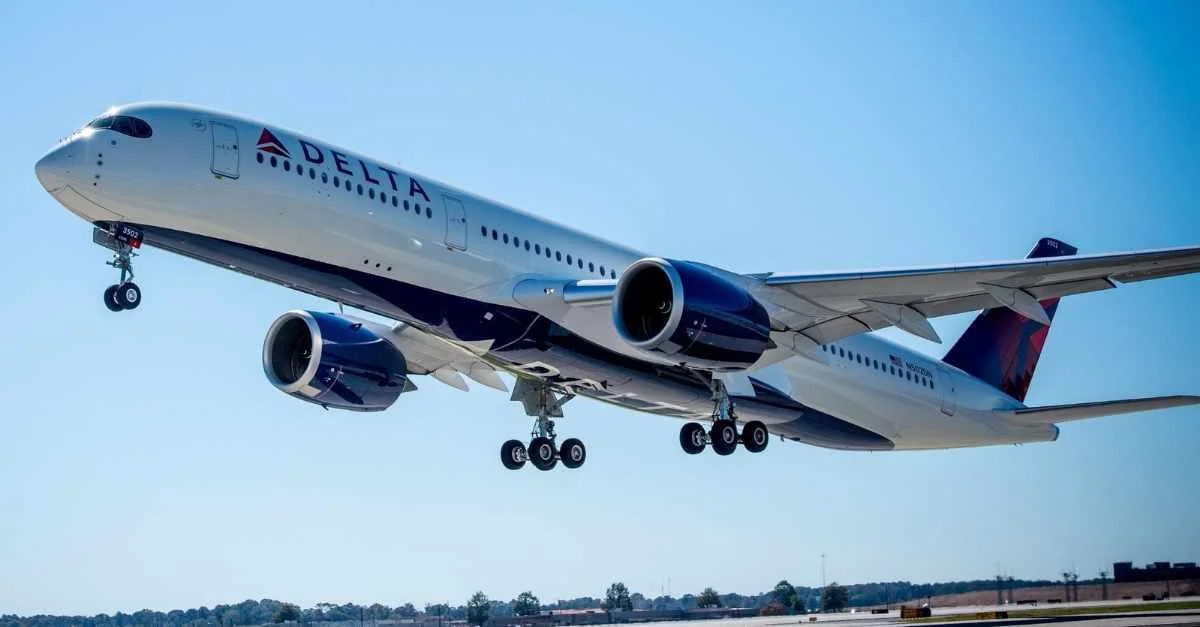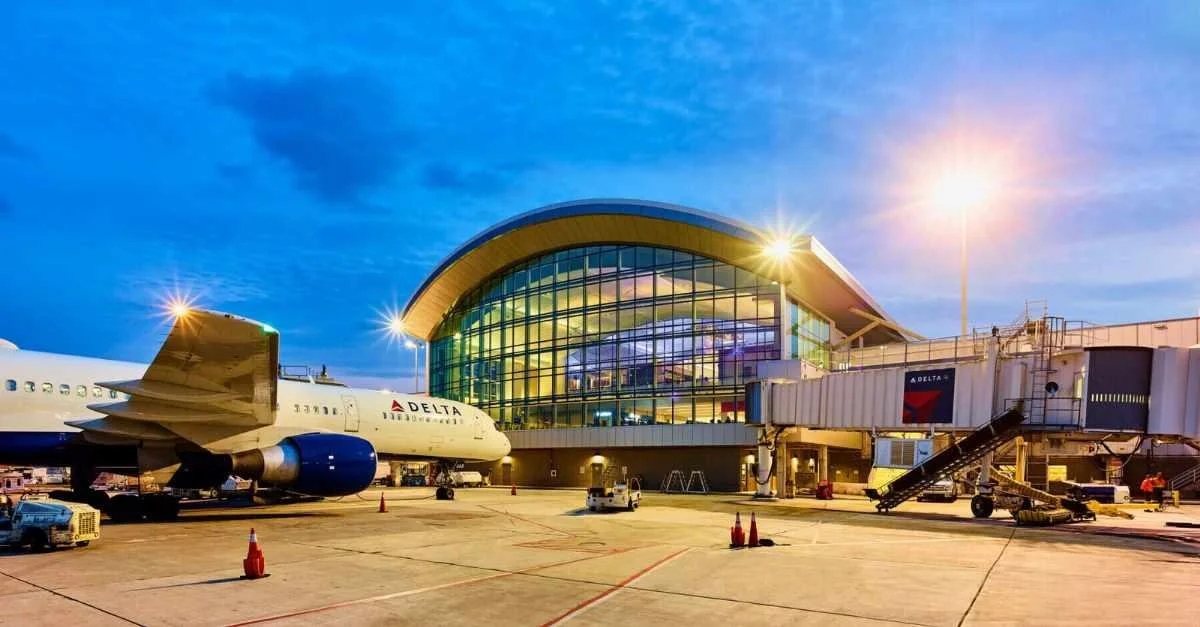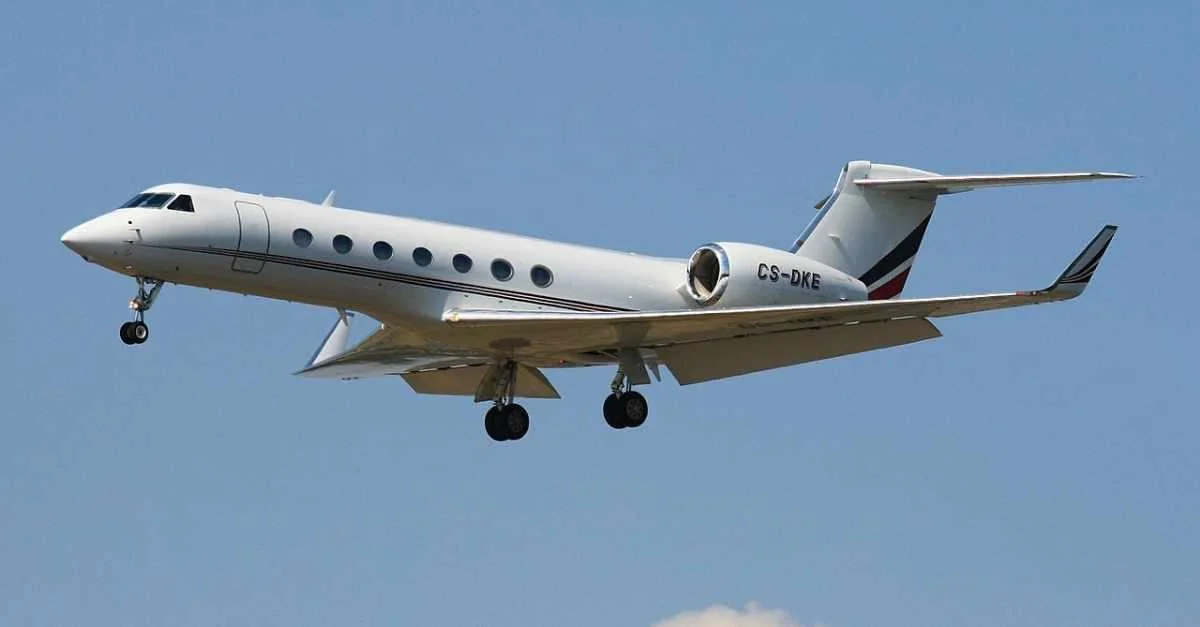The proposed routing would be due north from Sydney over Alaska or Canada across the North Pole and then south to London. However, for return flights to Australia, a more traditional route over Europe, India and Asia would be used.
Ms Hudson mentioned that Qantas has two more A380s scheduled to return to service early next year. When these aircraft rejoin the fleet, they will free up other aircraft such as 787s and A330s. She indicated potential new routes including Perth-Johannesburg and Perth-Auckland.
Ms Hudson also highlighted Perth-Athens as a potential seasonal route: “Every person I speak to at the moment is going to Greece but again when we have the aircraft that is when we make decisions on if and whether it’s all-round or seasonal.”
She expressed confidence that A350-1000s would be delivered by mid-2026 despite some concerns surrounding supply chain issues for seat suppliers. Last year Qantas ordered another 12 A350-1000s along with additional Boeing 787-9s and 787-10s in higher-density configurations intended to replace their A380s and A330s.
Ms Hudson is optimistic about another Airbus aircraft on order – single airline A321neoXLRs due for delivery next year: “The range capability of those aircraft is enabling us to look at routes such as Canberra-Singapore and Adelaide-Singapore as well as Perth-to-India,” she said.
No announcements have yet been made regarding specific routes or configurations for these aircraft; however, they are expected to serve both domestic transcontinental routes within Australia and international destinations.
The A321neo-XLR forms part of Qantas's largest-ever order which includes various models from Airbus aimed at replacing long-serving Boeing 737-800s and Boeing 717s. These new additions are anticipated to provide greater flexibility while reducing costs thereby helping maintain competitive airfares relative to average weekly earnings.
About AirlineRatings.com
Airlineratings.com was developed by a team of aviation editors who have researched nearly every airline globally. The platform offers safety ratings ranging from one star (lowest) up through seven stars (highest), taking into account factors related both external audits conducted by aviation governing bodies/associations alongside internal airline data analysis concerning safety protocols adherence levels etcetera... Over 230 airlines representing approximately ninety-nine percent global passenger traffic volumes feature product/service evaluations tailored specifically towards low-cost regional full-service carrier categories respectively...
###
 Alerts Sign-up
Alerts Sign-up





































